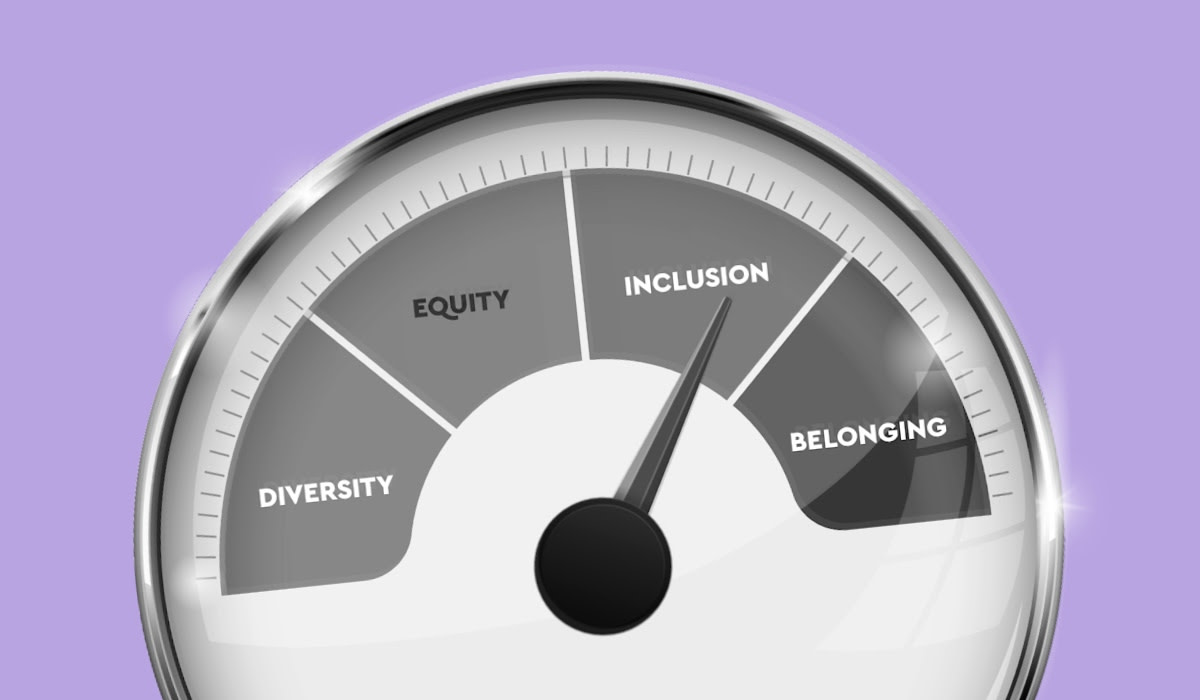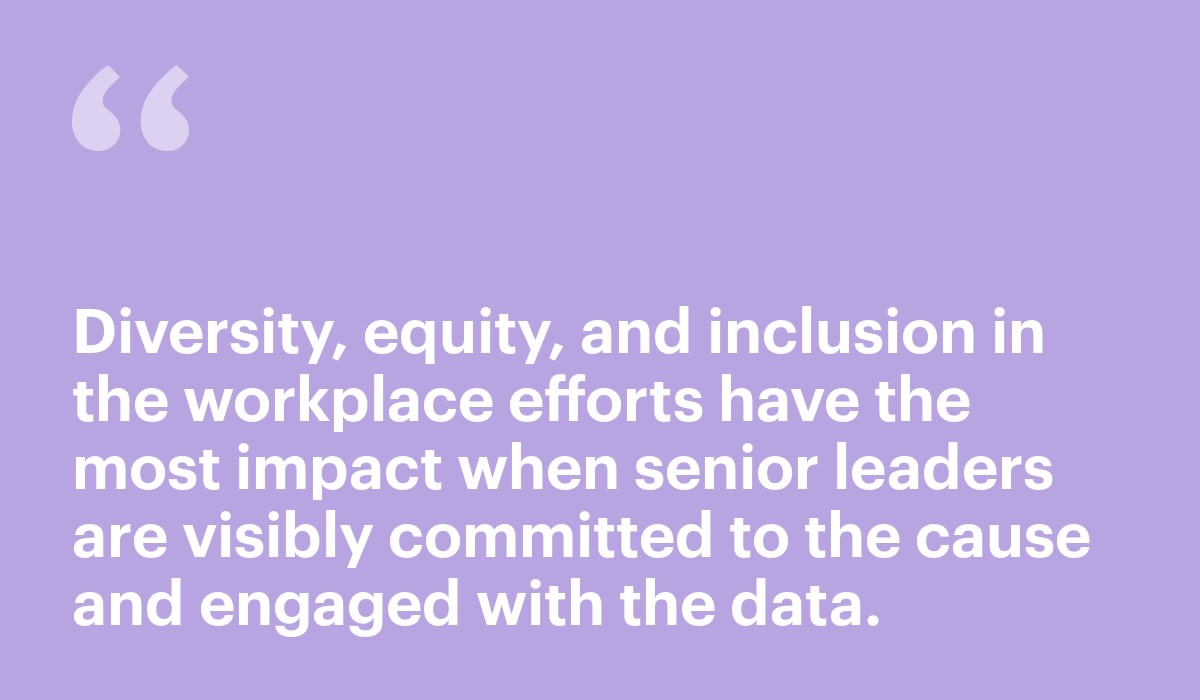7 Tips for Measuring Diversity, Equity, and Inclusion in the Workplace
While diversity metrics can be clearcut, measuring it can be more challenging. Read 7 tips for measuring diversity, equity and inclusion in the workplace.

How do you measure diversity, equity, and inclusion in the workplace?
While diversity metrics can be clearcut, measuring inclusion can be more challenging. There are times when it would be nice to reach for a blueprint for creating an inclusive culture in your organization.
My colleague, Lexy Martin, defines inclusion as feeling as though we are making an impact. To measure inclusion, businesses must be prepared to uncover difficult truths about how each employee feels about their role, the culture, the value of their work, and where they are heading in terms of their future and career.
Toxic workplaces kill inclusion
Often, the first line of a company’s diversity, equity, inclusion, and belonging (DEIB) statement is something like “we strive to create an environment where everyone can thrive.” Easier said than done. Recent research from The MIT Sloan Management Review looked at reasons why employees left their jobs from April to September 2021. The work found the number one reason was toxic corporate culture—by far the strongest predictor of industry-adjusted attrition, and ten times more important than compensation. Leading elements of toxic cultures were reported as “failure to promote diversity, equity, and inclusion; workers feeling disrespected; and unethical behavior.”

7 tips for measuring diversity, equity, and inclusion in your organization
Take data-backed action to improve inclusion from the very top of the business. What we’ve seen with our own customers is that diversity, equity, and inclusion in the workplace efforts have the most impact when senior leaders are visibly committed to the cause and engaged with the data.
Align with business and HR stakeholders to define clear diversity, equity, and inclusion goals. For example, one company I interviewed set itself the target to achieve 30% women in leadership positions by 2030. The state of the gender equity gap in 2022 signals how many extra days women have to work to earn the same as men. Clarity on goals such as this one, combined with strategic intent and continuous measurement can keep the organization on track.
Consider organizational network analysis (ONA)—find out where differences exist and the nature and extent of social networks across the business. Identify influencers you may not be aware of and engage them in the change process. With the 9-step guided diversity plan, you can not only gather the important data, but monitor and make significant progress towards the organization’s DEIB goals.
Employee sentiment and pulse surveys help organizations stay in touch with employees’ actively expressed views and sentiments. Never simply assume that things are progressing when employee data tells a different story. Unfortunately, there are businesses where ‘gut feel’ still rules the roost.
Create safe spaces for people to connect. Ensure and check that members of minority groups don’t feel as if they are doing all of the heavy lifting of sharing their experiences, on top of doing their regular jobs. If you have diverse networks in place, find out how the organizers feel about the time and effort it takes to run them. On a recent webinar, Julie-Anne Johnston, UK Diversity, Inclusion, and Wellbeing Lead at Hogan Lovells explained how the firm counts running diversity groups as the same importance as client-facing billable hours. It also contributes to their bonus.
Empower line managers.Don’t fall at the last hurdle. An organization’s people leaders are the conduit between your DEI strategy and your wider employee base. Their involvement, capabilities, and commitment are critical. Leaders empowered by evidence-based insights can turn data into energy to support business outcomes and bridge the impact gap between employee and organization.
Benchmark progress against similar organizations in similar industries. Comparing your company’s progress with others on a similar journey can be valuable when deciding on improvements and next steps for diversity, equity, and inclusion in the workplace.
Unpacking a successful DEIB strategy
For managers, there’s a lot to unpack here. For senior leadership, it’s a wake-up call that a successful DEIB strategy cannot simply begin and end with looking to make more diverse hires. On a micro level, they’ll need to uncover how individuals across demographics feel their contributions are valued, listened to, and have an impact on the wider business. It requires a long-term, multi-layered strategy to manifest true systemic change, and starts with managerial leadership skills and gauging employee sentiment more than company mission buy-in.
Stay ahead of the curve with Visier’s People Benchmarks reports and find the solutions and tools to help you on your DEI journey.


